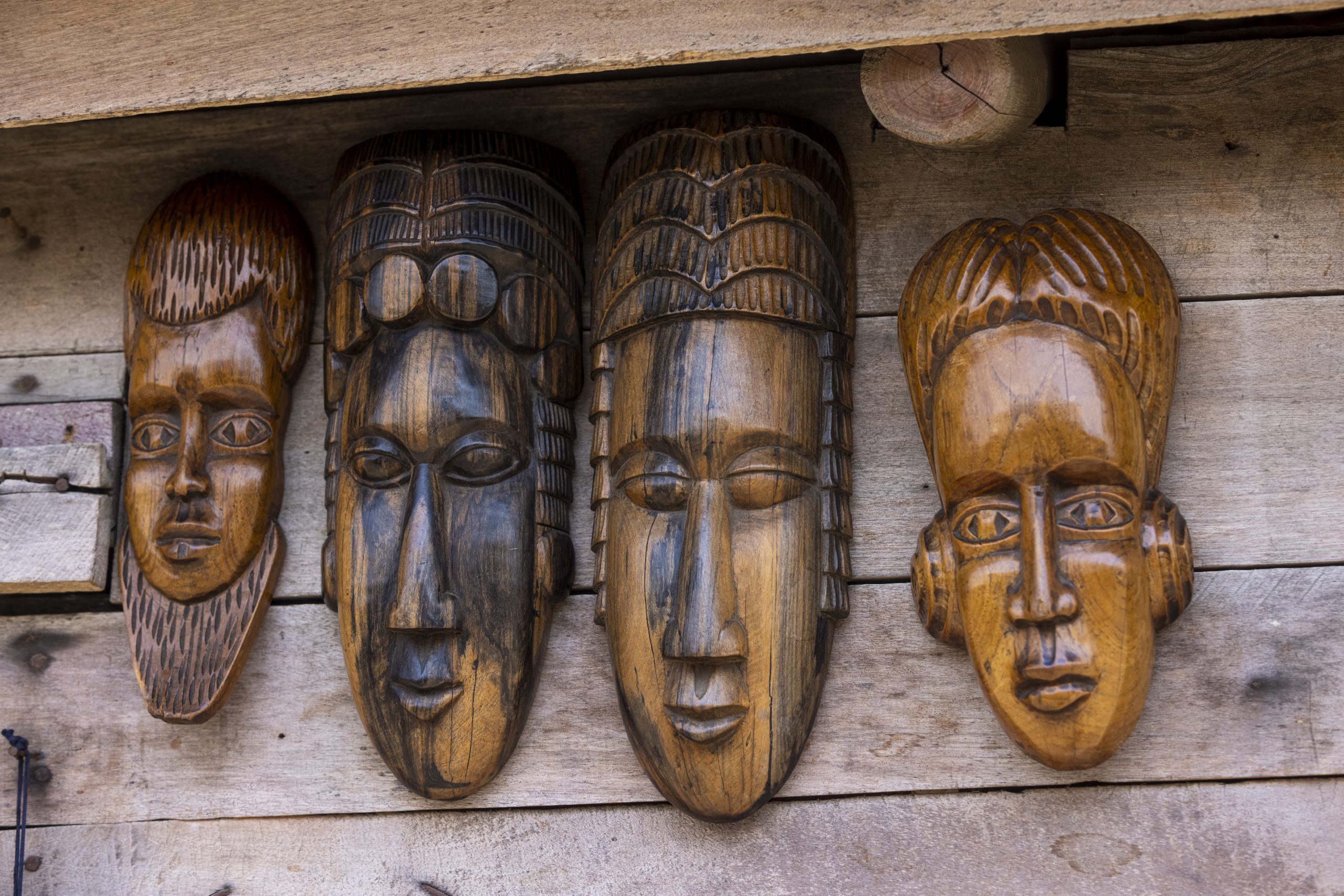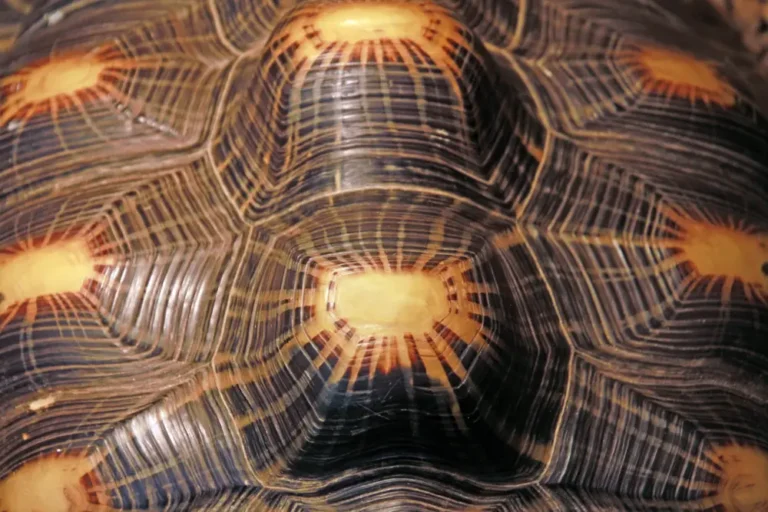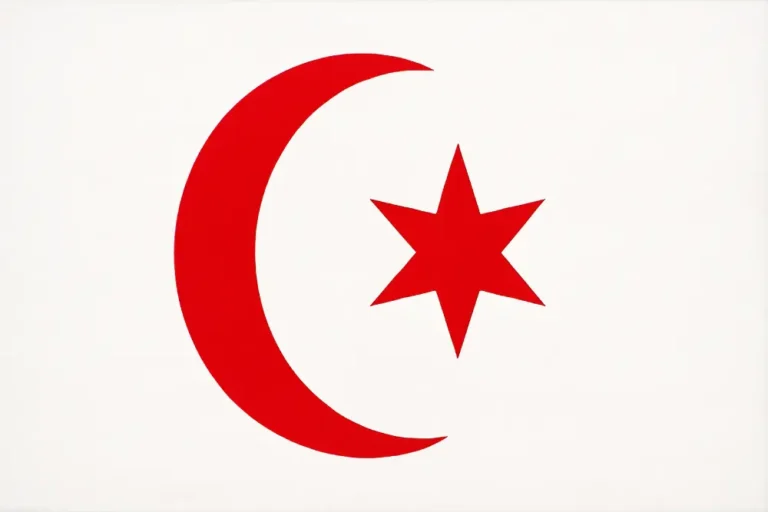The road linking Tuléar to Fort-Dauphin crosses the southern part of Madagascar, a region known for its wild landscapes, rich culture, and above all, its monumental funerary tombs, characteristic of the Mahafaly and Antandroy ethnic groups. This challenging, little-traveled route first follows the western coast before veering east, passing through remote villages and spectacular natural areas.
One might almost say that Route Nationale 10 can be traveled “at breakneck speed” — a phrase that takes on new meaning here, given the sheer number of tombs lining the road from Tuléar to Ampanihy and along many side tracks leading to the coast. If not for the poor condition of the roads and the profound respect owed to the ancestors, this expression might be fitting in both senses.
Even before they are built, these tombs give rise to lengthy funeral ceremonies, sometimes lasting several months, often marked by zebu sacrifices. These rituals are extremely costly, which starkly contrasts with the poverty of the region. For the Mahafaly (whose name means “those who make happy”) and the Antandroy (“people of the thorns,” referring to the semi-arid vegetation of their land), as for most Malagasy people, life after death and the connection with ancestors hold far greater value than earthly existence.
All along this trail, one can see monumental tombs, usually square or rectangular in shape, adorned with geometric patterns, paintings, and especially funeral sculptures known as aloalo among the Mahafaly — sometimes also adopted by the Antandroy. These tombs, which can measure between 5 and 20 meters across, are built along the roadside to be clearly visible and to reflect the social status of the deceased. The aloalo, standing 1 to 2 meters high, are brightly painted, oriented toward the east, and often depict scenes of daily life, animals (like zebus or birds), or symbols of the deceased’s profession.
The tombs are often surrounded by stones, skulls, and zebu horns, while the carvings tell the story or reflect the personality of the departed. These funerary monuments express a deep spirituality where art, ancestral reverence, and family memory are inseparable.
Between Tuléar and Fort-Dauphin, the road passes through several towns such as Beloha, Ampanihy, and Ejeda, where both ancient and more recent tombs can be observed. Some have unfortunately been looted, but all are striking for their size and the richness of their decoration. Out of respect for local customs, it is essential to always ask permission from villagers before approaching or photographing the tombs.






